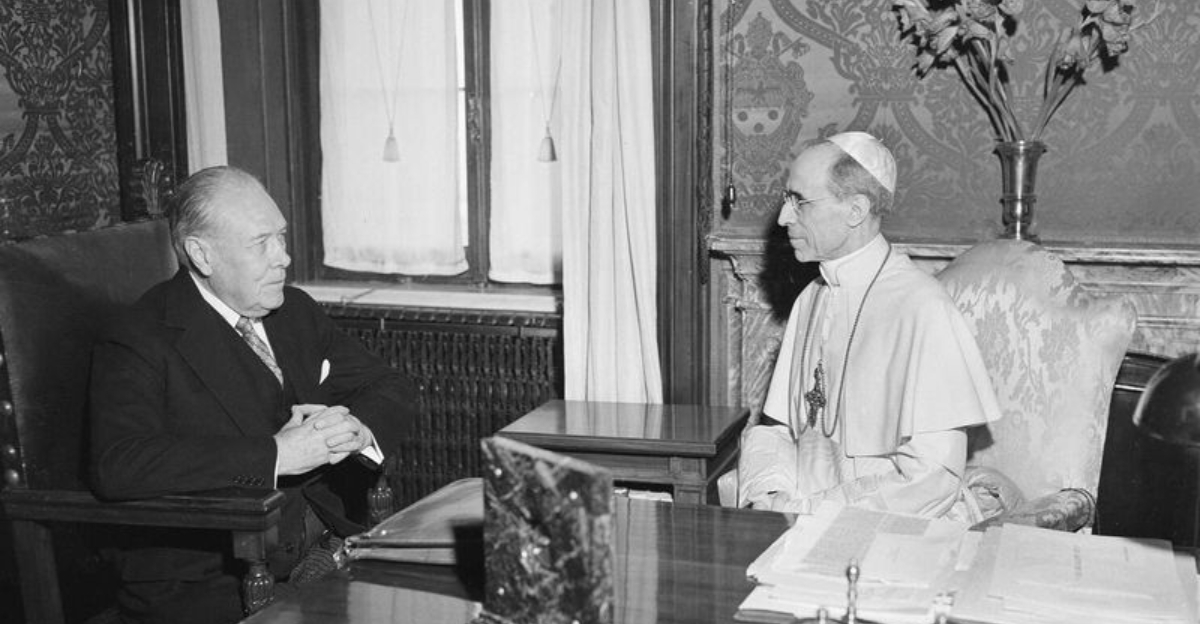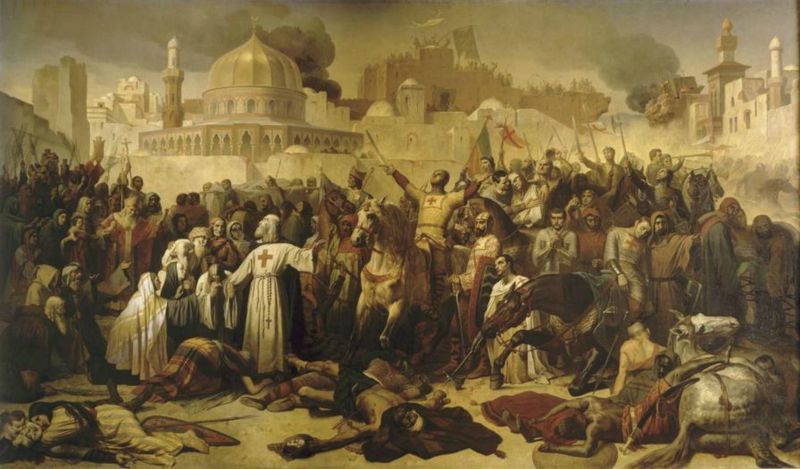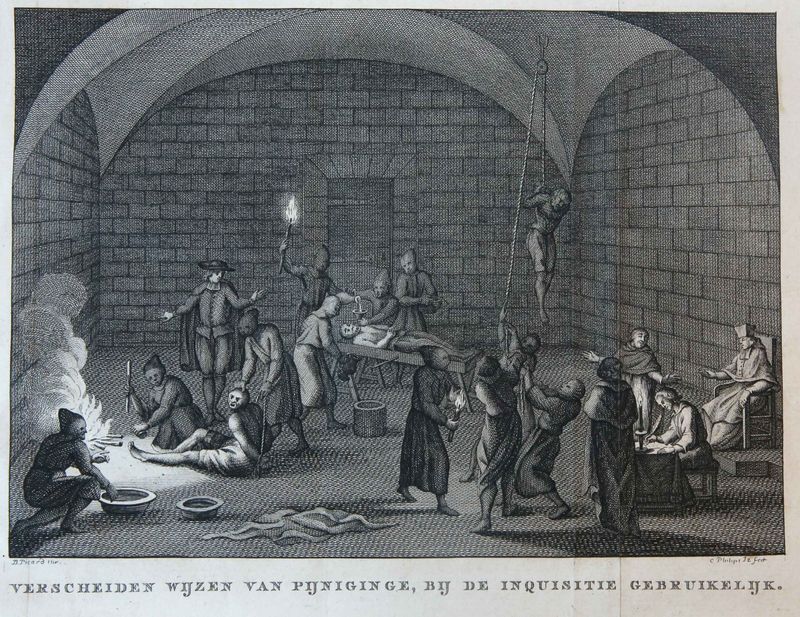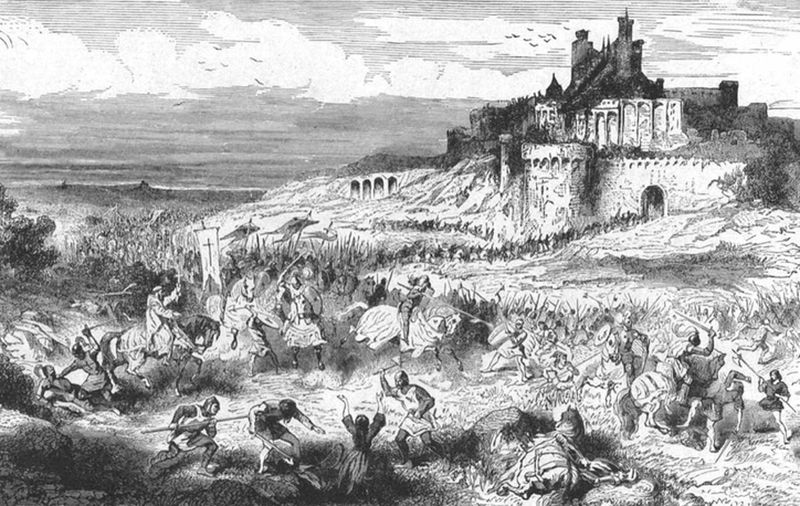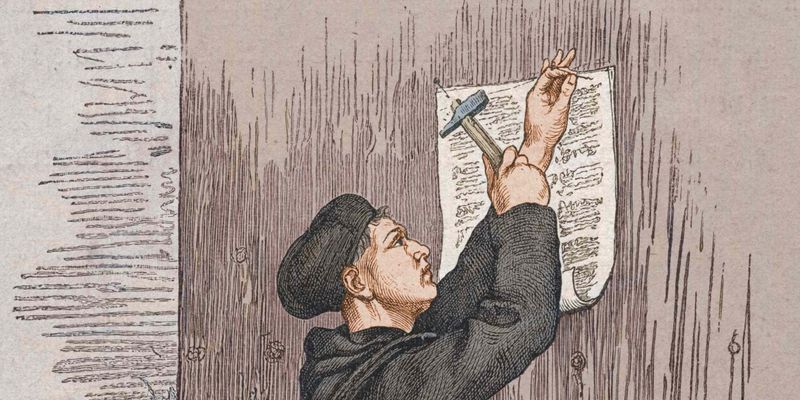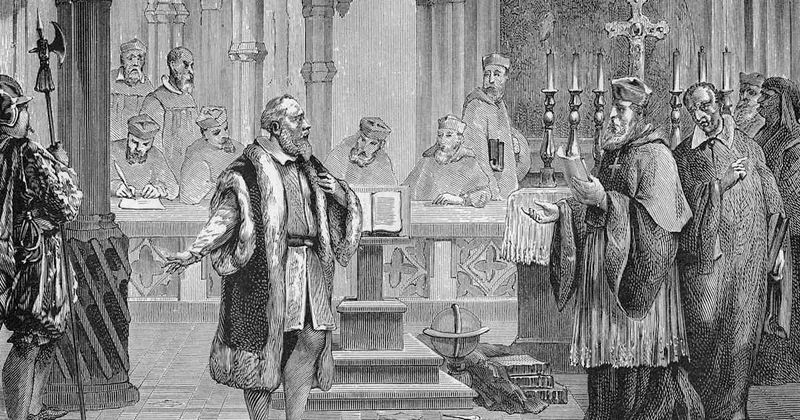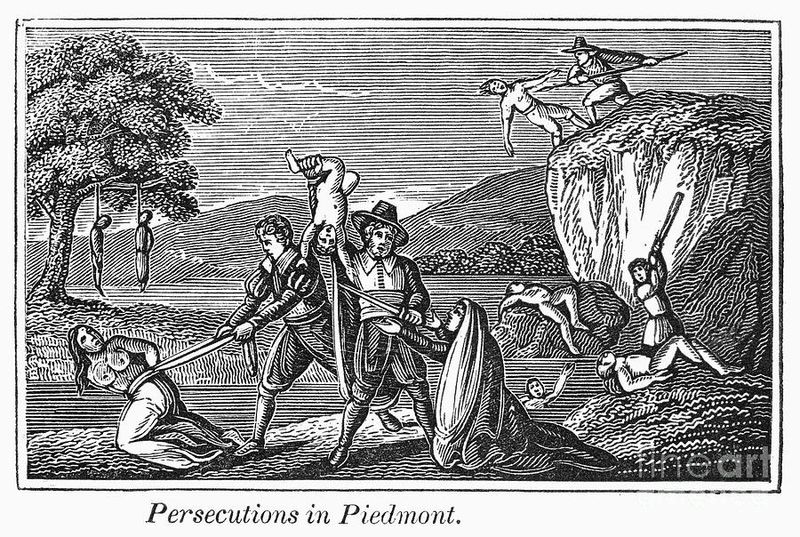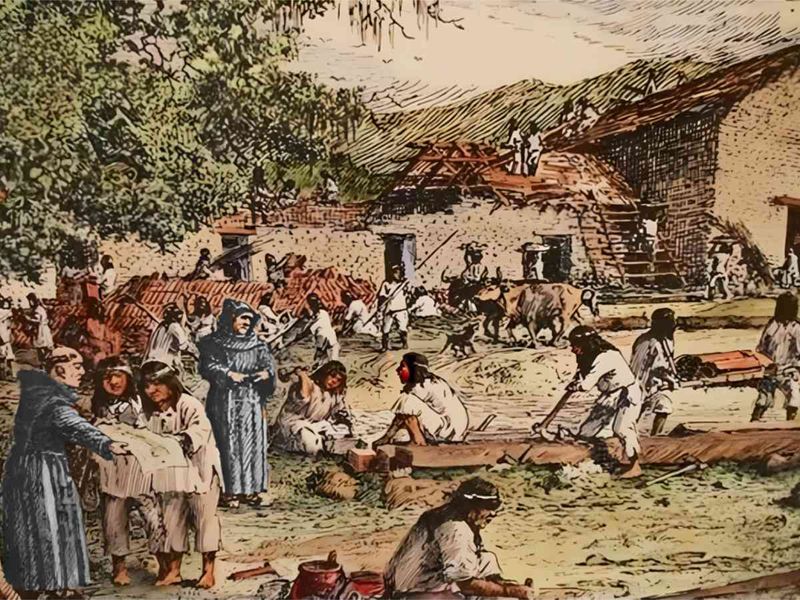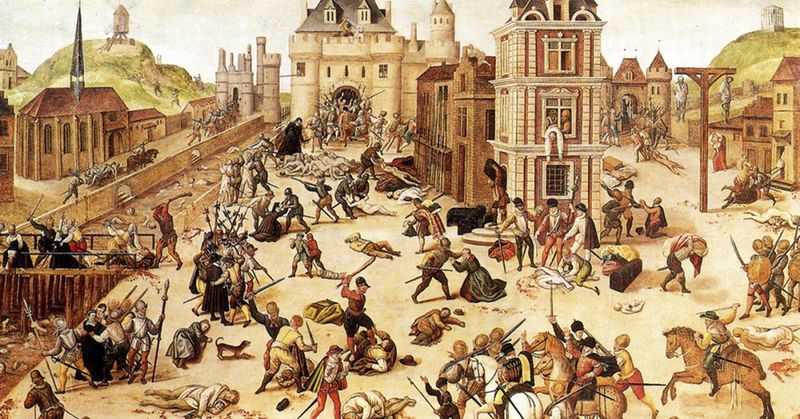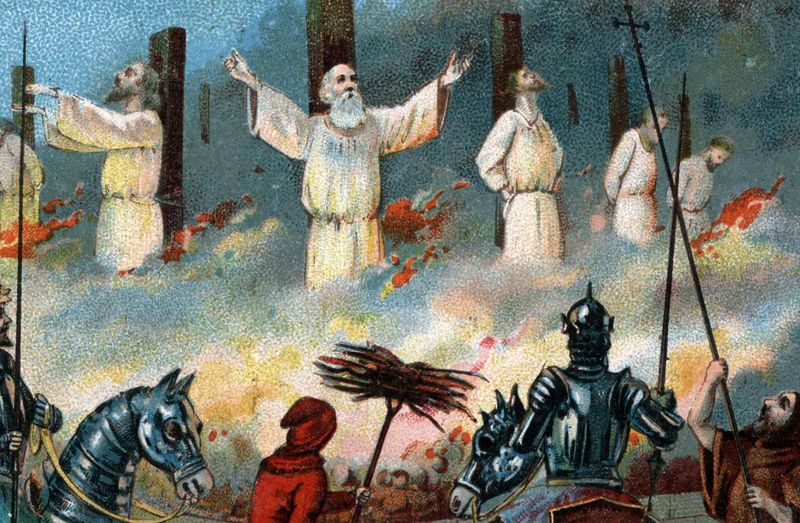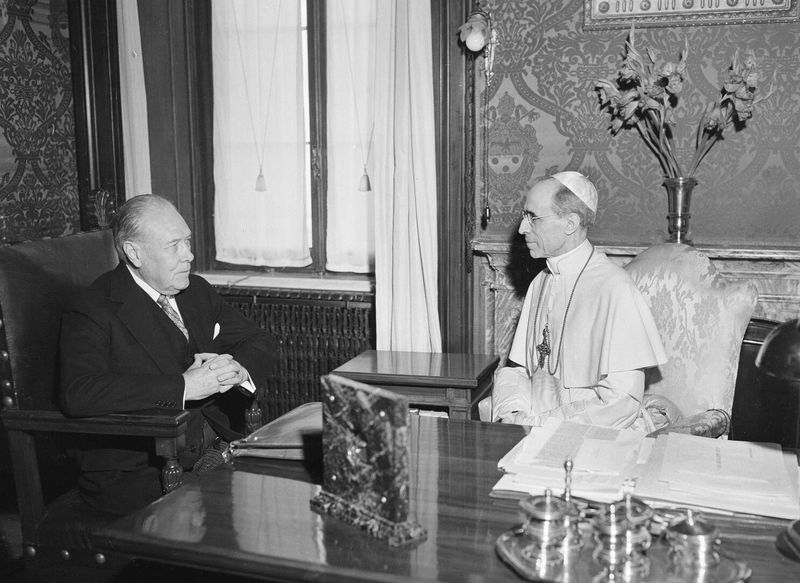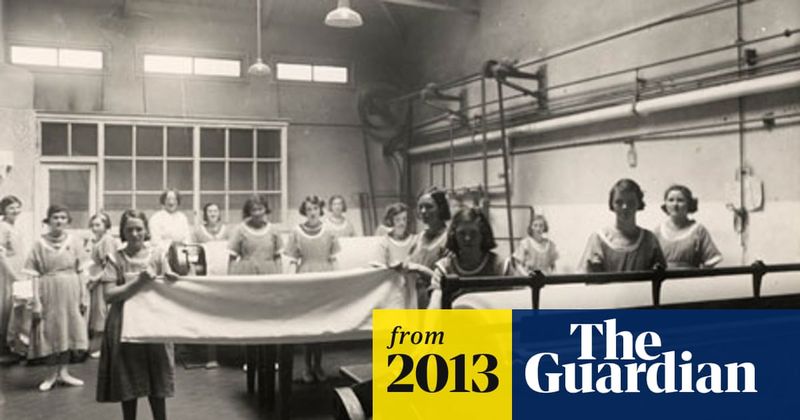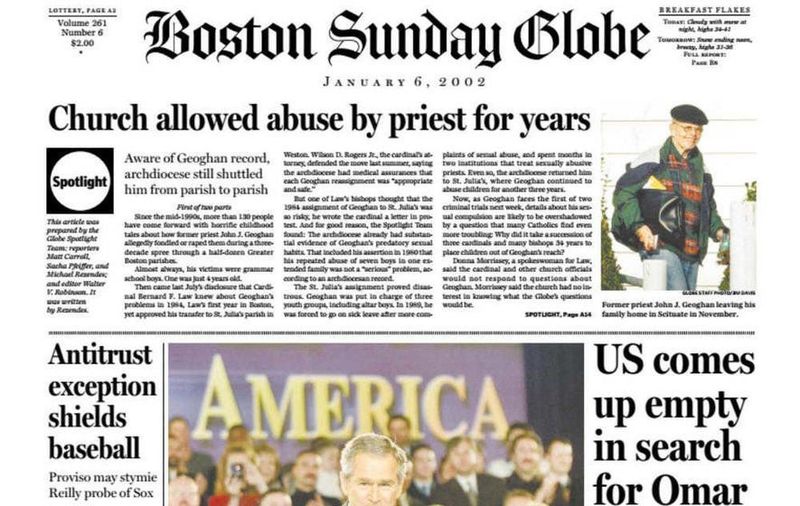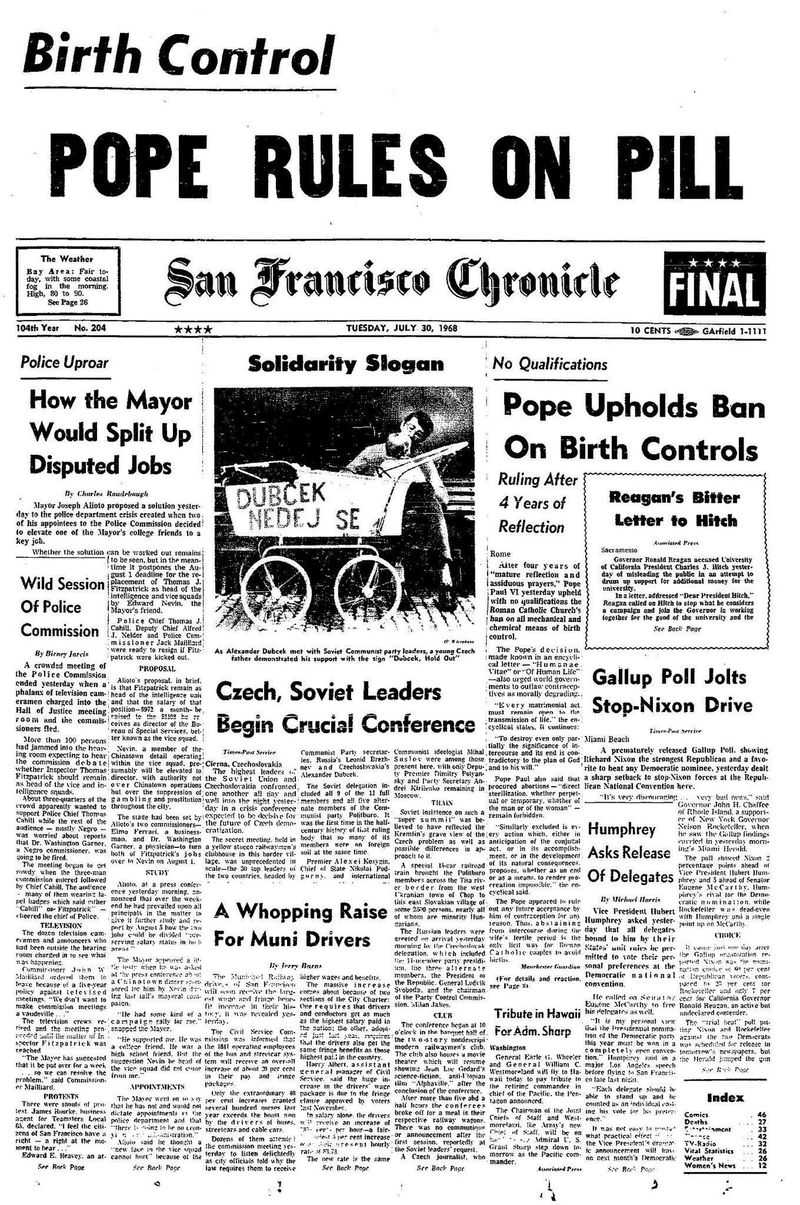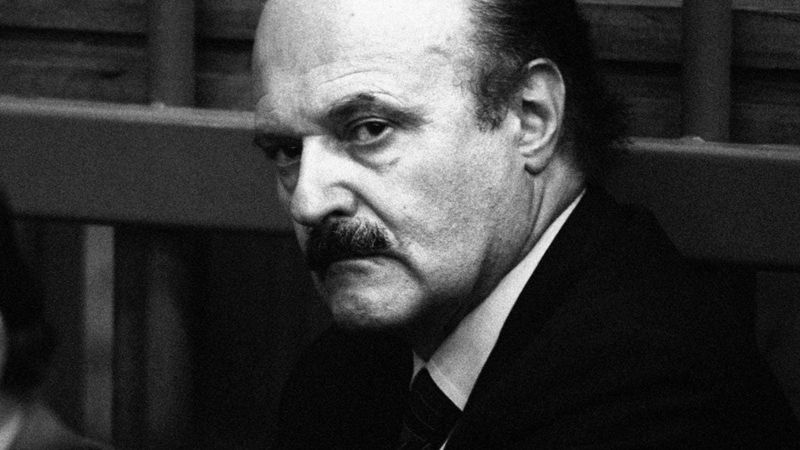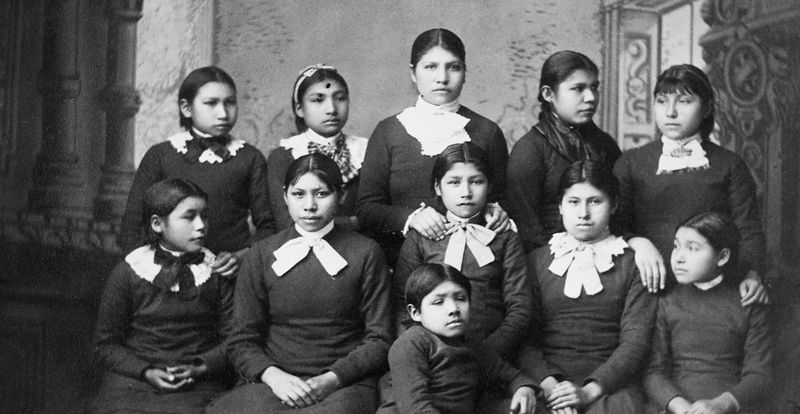The history of the Catholic Church is a tapestry of profound spirituality and controversial actions. Throughout centuries, the Church has been involved in events that have sparked intense debate and reflection. This article explores 15 significant occasions where the Church’s actions were considered unthinkable, each marked by complex motives and lasting impacts.
1. The Crusades (1095–1291)
A call to arms reverberated through Christendom as Pope Urban II called for the First Crusade in 1095. Knights and commoners alike embarked on a holy mission to reclaim Jerusalem. The fervor of religious zeal was palpable. Yet, the journey was marred by brutality. In 1099, Christian forces breached Jerusalem’s walls, leading to the massacre of Muslims and Jews. The streets ran red. This marked a series of Crusades that would span nearly two centuries, each equally embroiled in violence, fervor, and faith. These events left indelible marks on Christian-Muslim relations.
2. The Inquisition (12th–19th century)
The whisper of heresy was enough to summon the might of the Inquisition. Established to root out nonconformity, it used fear as a potent weapon. Suspected heretics faced trials that defied fairness and compassion. Torture was a common tool, extracting confessions through pain. The Spanish Inquisition remains infamous, extending its reach to Jews and Muslims. It continued for centuries, a shadow over Europe. The Inquisition’s legacy is a testament to the dangers of unchecked religious authority, leaving a legacy of fear and persecution that resonates even today.
3. The Albigensian Crusade (1209–1229)
When the Cathars, a Christian sect, grew in influence, Pope Innocent III ordered a crusade against them. Southern France became a battlefield. The siege of Béziers in 1209 was a horrific spectacle. Thousands perished, including innocent civilians. The Cathar faith was branded heretical, and the crusade continued for two decades. It was not just a war of swords, but of ideologies. The Albigensian Crusade decimated a culture, its language, and its people, leaving scars on the landscape of religious tolerance in Europe.
4. The Sale of Indulgences (Middle Ages–16th century)
The promise of salvation, sold for a price, epitomized the sale of indulgences. This practice reached its peak in the Middle Ages. It offered absolution from sins and reduced time in purgatory, for a fee. The Church’s coffers swelled, but at a cost to its integrity. Martin Luther, a monk disillusioned by this corruption, famously nailed his 95 Theses to a church door in 1517. This act sparked the Protestant Reformation, a seismic shift in Christianity. The sale of indulgences highlighted the need for reform and the peril of unchecked clerical power.
5. The Trial of Galileo (1633)
In 1633, Galileo Galilei faced the Roman Catholic Inquisition. His support for heliocentrism defied Church doctrine. Despite evidence, he was labeled a heretic. The trial was a dramatic conflict between science and faith. Galileo recanted under duress, uttering his famous “Eppur si muove” (And yet it moves). This trial symbolized a broader struggle, as the pursuit of knowledge clashed with religious dogma. Galileo’s forced silence echoed through history, a cautionary tale of intellectual oppression that underscored the tension between tradition and innovation.
6. The Massacre of the Waldensians (1655)
In the serene valleys of Piedmont, terror struck the Waldensians in 1655. This Protestant group faced persecution for their beliefs. Encouraged by Pope Innocent X, soldiers descended upon them. The massacre was ruthless and swift. Thousands were killed, their communities shattered. Survivors fled into the cold mountains. Known as the Piedmont Easter massacre, it was a dark chapter in religious intolerance. The Waldensians’ resilience, however, became a beacon of hope and perseverance, inspiring future generations to fight for religious freedom and justice.
7. The Destruction of Indigenous Cultures (15th–19th centuries)
The age of exploration was also an age of destruction for indigenous cultures. Catholic missionaries arrived in the New World with the cross and sword. They sought to convert, but often at great cost. Indigenous traditions were dismantled, their languages silenced. The encomienda system enabled exploitation and forced labor. This cultural erasure spanned centuries, leaving deep scars. While some sought to protect native peoples, the overriding impact was one of loss and devastation. The legacy of these missions is a complex tapestry of faith and imperialism.
8. The St. Bartholomew’s Day Massacre (1572)
August 1572 in Paris was marked by blood. The wedding meant to unite Catholics and Huguenots turned deadly. On St. Bartholomew’s Day, Catholic mobs, spurred by fears and suspicions, attacked their Protestant neighbors. The violence spread like wildfire. Thousands of Huguenots died, the streets echoing with chaos. Although not directly ordered by the Church, the massacre had tacit support from some clerics. This event deepened rifts between Catholics and Protestants, further entrenching religious divides. The massacre remains a stark reminder of the perils of sectarian hatred.
9. The Suppression of the Knights Templar (1307–1314)
The Knights Templar, once revered, faced a grim fate. King Philip IV of France, in debt, sought their downfall. In 1307, he arrested them, accusing them of heresy. Pope Clement V, under pressure, disbanded the order. Many Templars were tortured and executed. Their secrets and treasures became the stuff of legend. The Templars’ suppression was as much about power and greed as it was about faith. It marked the end of an era for the Crusader knights, leaving behind a legacy shrouded in mystery and intrigue.
10. The Vatican’s Role in WWII (1939–1945)
During the turmoil of World War II, the Vatican’s silence echoed loudly. Pope Pius XII, the spiritual leader of millions, faced a moral quandary. His failure to openly condemn Nazi atrocities, particularly the Holocaust, is a subject of intense debate. While he offered some covert assistance to Jews, his public reticence remains controversial. The Vatican’s role during the war reflects the complexities of political and religious diplomacy. Pius’s silence is a haunting reminder of the power and responsibility of religious leadership in times of moral crisis.
11. The Magdalene Laundries (18th–20th centuries)
Behind convent walls, the Magdalene Laundries hid a grim reality. These institutions, run by the Church, housed “fallen women” who endured forced labor. Many were unmarried mothers or deemed wayward. The laundries operated into the late 20th century, shrouded in secrecy. Abuses were rampant; neglect was common. Countless women suffered in silence, their voices unheard. The laundries stand as a stark testament to the dangers of unchecked institutional power and the marginalization of vulnerable individuals.
12. The Cover-Up of Clerical Sex Abuse (20th–21st centuries)
Trust was shattered by the revelation of clerical sex abuse cover-ups. For decades, the Church shielded abusers, prioritizing its reputation over victims’ welfare. Investigations, like the Boston Globe’s 2002 exposé and the Pennsylvania Grand Jury Report, unveiled a systematic cover-up. This betrayal of trust sent shockwaves through the Catholic community. The scandal prompted calls for accountability and transparency. It highlighted the urgent need for reform within the Church, urging it to confront its past and protect its future flock.
13. The Banning of Contraception (20th century–present)
The Church’s staunch stance against contraception, articulated in Humanae Vitae (1968), sparked debate worldwide. Advocating natural family planning, it condemned artificial methods. Critics argue this stance perpetuates poverty and hinders disease prevention, especially in developing nations. The ban reflects the Church’s broader view on family and morality. This issue remains contentious, illustrating the tension between doctrine and modernity. It underscores the Church’s influence on personal lives, sparking discussions on ethics, health, and the role of religion in contemporary society.
14. The Vatican Bank Scandals (1970s–present)
Financial secrecy envelops the Vatican Bank, or IOR, known for scandals. Allegations of money laundering and mafia ties emerged in the 1980s. The death of Roberto Calvi, “God’s Banker,” found hanging in London, intensified intrigue. Reforms were promised, yet issues persist, highlighting challenges of transparency within the Church. The scandals reflect broader questions on faith and finance. They underscore the tension between spiritual mission and temporal power, reminding the faithful of the complex interplay between morality and money within the Vatican.
15. The Forced Adoption of Indigenous Children (Canada & Australia, 19th–20th centuries)
In the name of assimilation, Catholic-run residential schools in Canada and Australia tore Indigenous children from their families. This policy aimed to erase native identities. The children endured abuse and neglect, their cultures systematically stripped away. The legacy of these schools is one of cultural genocide. Apologies have been issued, but scars remain. This chapter in history is a poignant reminder of the consequences of cultural arrogance and imperialism. It calls for reflection, reconciliation, and a commitment to honoring and preserving Indigenous heritage.
